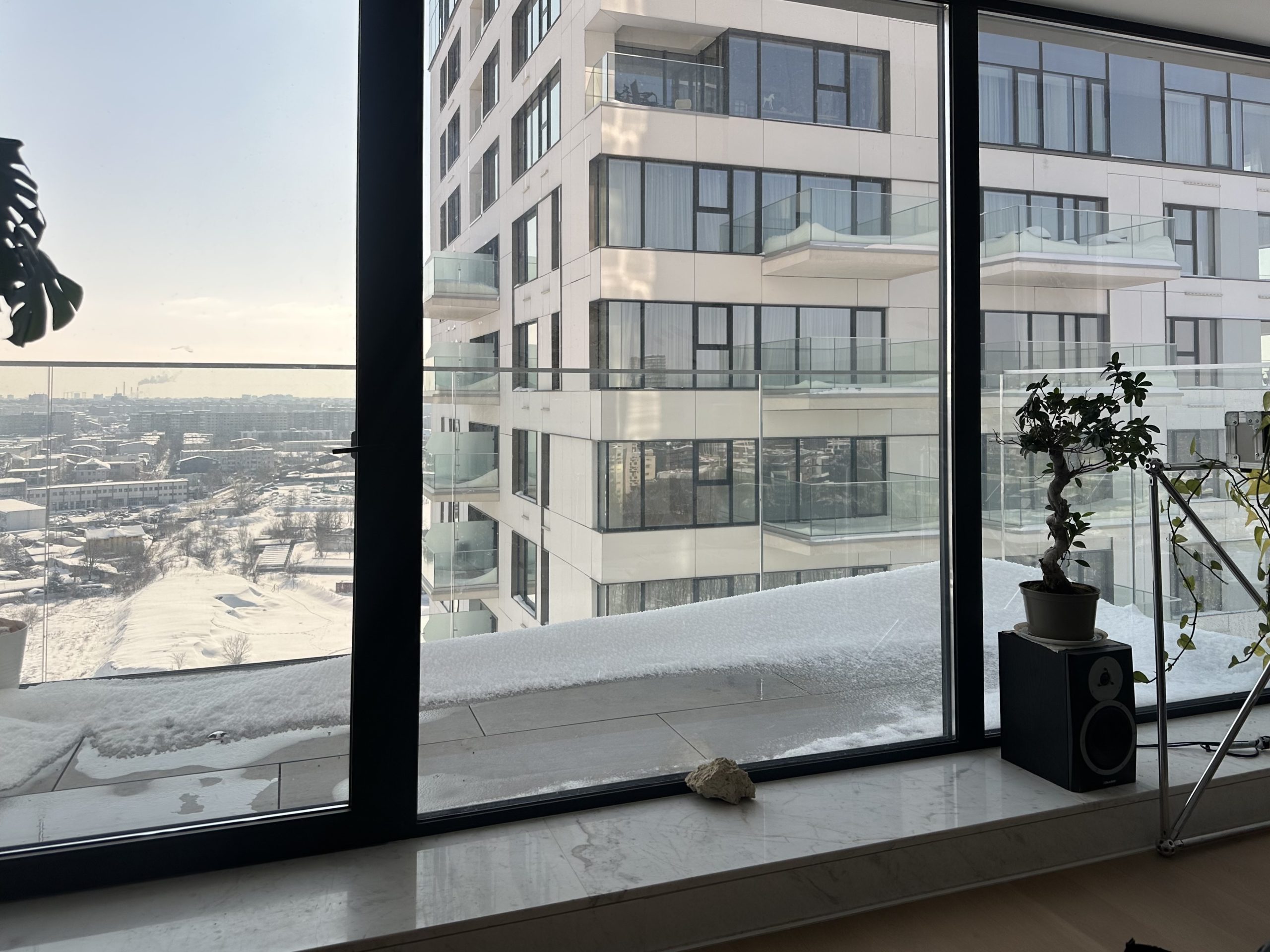Neoliberal Architecture in Europe
Neoliberal architecture is the result in urban design and building practice that reflects the exertion of principles of neoliberalism. Neoliberalism is an economic and political ideology that emphasizes free markets, minimal government intervention, and individual entrepreneurial freedom. It advocates for policies such as deregulation, privatization of public assets, reduced social spending, and free trade. The belief is that these measures will drive economic growth and innovation. An example for neoliberalism is the US concept of Reaganomics. Some argue that neoliberalism fosters efficiency and personal responsibility. Others say that it can lead to increased social inequality and diminished public services. Like other ideologies, it raises the question of how much should the government intervene in the citizen’s day to day life.
Description
The modern city is increasingly shaped by neoliberal ideologies. Policies that favor free markets and deregulation have transformed European cities in profound ways. As free travel and capital flows across the EU have accelerated, urban centers are witnessing many changes. Government spending is skewed toward car centric infrastructure, short term rental markets are displacing longtime residents and public spaces are being reinvented, if not eroded under market pressures. Architects are now confronted with reimagining spaces that not only accommodate economic imperatives while also taking into consideration both social inclusion and sustainability.
This article addresses key areas in which neoliberal policies intersect with urban planning and architectural practice, specifically for countries in the European Union. They are:
- Free Markets and Travel
- Budget Allocation
- Short Term Rentals
- Public Spaces Transformation
- Architecture as Mediation
Alright here we go.
1. Free Markets and Travel in Neoliberal Architecture
According to Wendy Brown in Undoing the Demos: Neoliberalism’s Stealth Revolution (2015), neoliberal ideology not only reshapes economic policy but also reconfigures democratic participation. The free travel enabled in the EU reinforces this framework by promoting a competitive market of ideas, services, and lifestyles that often prioritize efficiency and profit over true civic engagement. In many cases, extreme efficiency takes its toll on human empathy.
The Neoliberal Framework in European Cities
The liberalization of markets and the promise of free movement within the EU have been central to the continent’s economic integration. Policies in line with neoliberal thought promote deregulation and competition. To this we add far reaching initiatives like the Schengen Agreement. This freedom of movement has opened borders for both capital and labor. Urban landscapes get both commodified for tourists but also shared with a new category of marginalized individual.
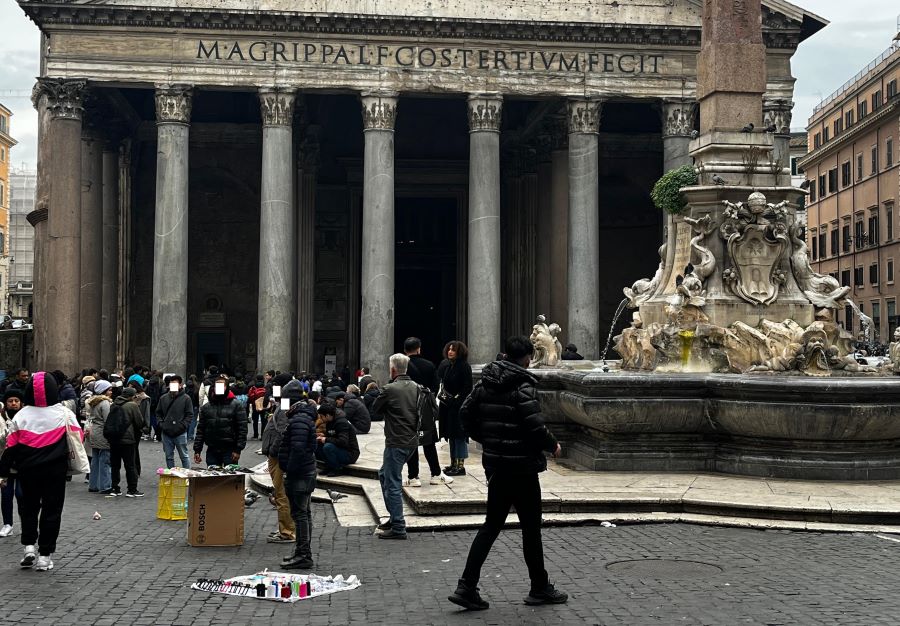
Architectural Implications
Architects are somehow caught in the middle of two opposing forces. On one side, there is tremendous potential for innovative designs that respond to a diverse and mobile population. On the other, market driven forces can lead to the homogenization of urban environments, where distinctive local identities are sacrificed in favor of universality. This dynamic challenges architects to find a balance between functionality and cultural specificity, ensuring that designs serve both the global market and local communities. And no, I’m not referring to Kenneth Frampton’s Critical Regionalism (you can read it for free here) which is more a formal answer to the local-global duality of architecture. This mediation between the two natures of architecture and, ultimately, of ourselves, should occur through symbols and negative space and not postmodernist grandiose architecture for nobody.
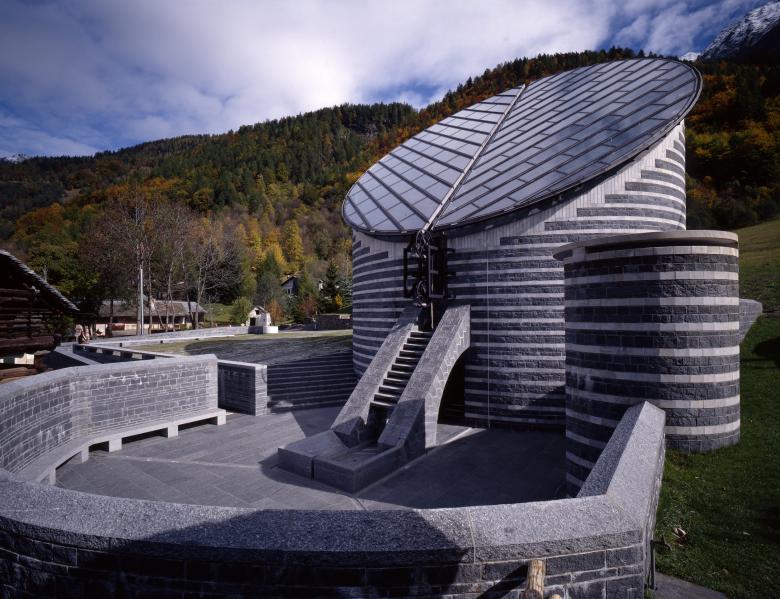
2. Budget Policies and Neoliberal Architecture
Janette Sadik-Khan’s Streetfight: Handbook for an Urban Revolution (2016) illustrates how such spending priorities have reconfigured urban spaces in favor of the car. While some cities have countered these trends with tactical urban interventions to reclaim public spaces, the underlying financial commitment favors private automobiles. This imbalance not only affects daily commutes but also dictates the scale, layout, and ultimately the aesthetic of the built environment.
Cars over Public Transportation
In many neoliberal cities, public policy often favors investments in car infrastructure at the expense of robust public transportation systems. European cities, while historically known for their walkability and transit networks, are increasingly seeing funds diverted to expand roads, highways, and parking facilities. This trend reinforces car dependency, resulting in congestion, pollution, and a diminished quality of urban life.
Consequences in Urban Design
For architects, these policies require a reevaluation of design priorities. Public transit oriented developments, mixed use zoning and walkable streetscapes are meant to counter the prevailing car centric model. Architects could help reclaim urban spaces for community use and environmental sustainability – if they would genuinely create desirable spaces.
3. Short Term Rentals shape Neoliberal Architecture
The emergence of platforms like Airbnb and Booking has revolutionized the rental market while also exerting far reaching consequences. As short term rentals become a lucrative venture for property owners, housing spaces are repurposed for tourism in the detriment of long term residents. Rents and property values go up, pushing local communities to the city’s periphery.
Displacement of the Locals
Leigh Gallagher’s The Airbnb Story: How Three Ordinary Guys Disrupted an Industry, Made Billions… and Created Plenty of Controversy (2017) addresses how the digital dimension of properties directly affects the way the physical housing markets look like. Short term rentals contribute to a “rent gap” phenomenon, wherein the financial incentives for property owners lead to rapid gentrification and displacement.
Neutral Design and the Flattening of Culture
Beyond prices and locals’ displacement, digital platforms are also reshaping design aesthetics in ways that dilute cultural identity. In Filterworld: How Social Media Shapes Urban Interiors and Flattens Culture (2020), Kyle Chayka examines how Airbnb listings are increasingly adopting a neutral, organic modern design. This standardized aesthetic is dictated by SEO. Design choices are a deliberate strategy engineered to appeal to the broadest possible audience of potential travelers. Properties look the same: clean, white and neutral, regardless of where they are actually located.
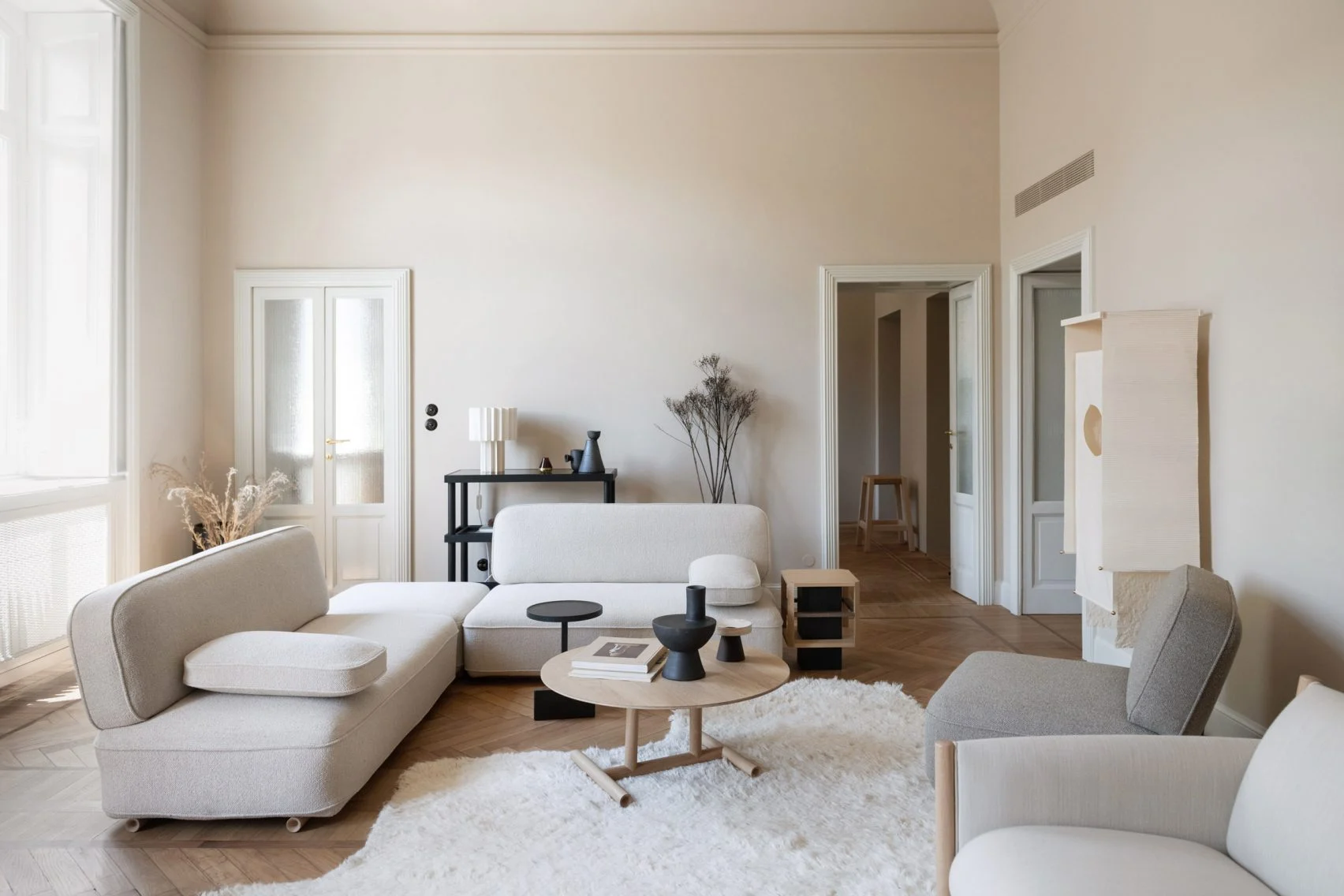
Perhaps competition does not always drive innovation. In the race for online visibility and social media filtering, hosts need to conform to a sanitized design language that minimizes local character. The consequence is a neutralization of locality in interior design, where even the physical environments lose their distinctive cultural markers. As more properties adopt this homogenized look, the vibrant, diverse identities of neighborhoods become flattened. The result reflects a broader cultural uniformity that only mirrors the logic of global digital platforms.
4. Public Spaces Transformation
Public spaces, especially in the European continent, have traditionally been the democratic commons of a city. Piazzas were a place where citizens would gather, exchange ideas, form communities. However, under neoliberal urbanism, these spaces are increasingly privatized or repurposed to serve commercial interests. They become pseudo-public spaces, oftentimes requiring an admittance fee directly or indirectly, through food and beverage consumption.
From Common Spaces To Commodities
Today’s public spaces are going through several types of struggles. We notice a trend toward commercialization: shopping districts, branded parks and commodified public events dominate the urban scene. In many cases, we notice how big retailers actually save historical buildings from complete decay.
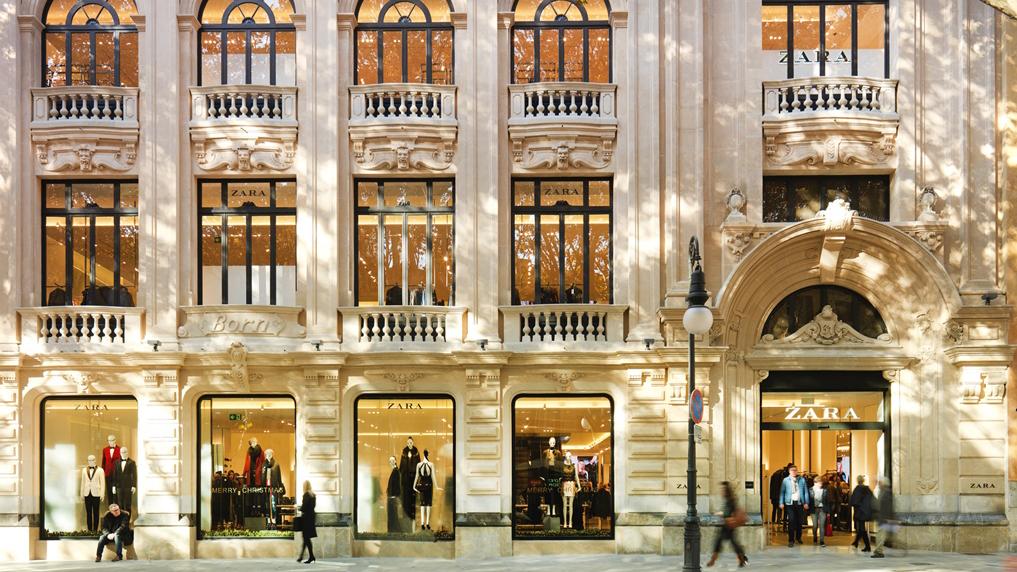
The real question is, who is this really benefiting? On the very rare occasions we civic interventions at grassroot level, they seem successful. When local communities reclaim shared spaces they demonstrate the potential civic use of public spaces.
Public Spaces Built To Last
Architects have the opportunity to play a crucial role in this transformation. Many times, they are commissioned to design public spaces resilient to market pressures, nurturing social interaction. People bring money. The more time they spend, the more money they are likely to spend. Whether through adaptive reuse of urban structures or the creation of flexible public venues, designers must innovate to ensure that cities remain truly liveable. By integrating community input and sustainable practices, architects can counteract further commodification of public spaces. But why would they, on their own?
Third Places
Third places are informal public gathering spaces beyond home and work. They occur more or less spontaneously and, because of their organic nature, have a real positive impact on community bonds and civic engagement. Ray Oldenburg, in The Great Good Place, depicts these spaces as essential for nurturing dialogue and social capital. He argues that simple places like cafes and barber shops, as well as deliberate places like community centers and even seemingly unengaging places like parks participate in creating a healthy urban fabric.
Decades later, Erwan Rambourg sees this emerging cohesion as an opportunity for brands to cocreate their universes with the consumers. Future Luxe redefines luxury as an experience rooted in authenticity and connectivity rather than opulence. Rambourg states that the future of luxury brands lies in well designed communal spaces that invite shared experiences and genuine interactions.
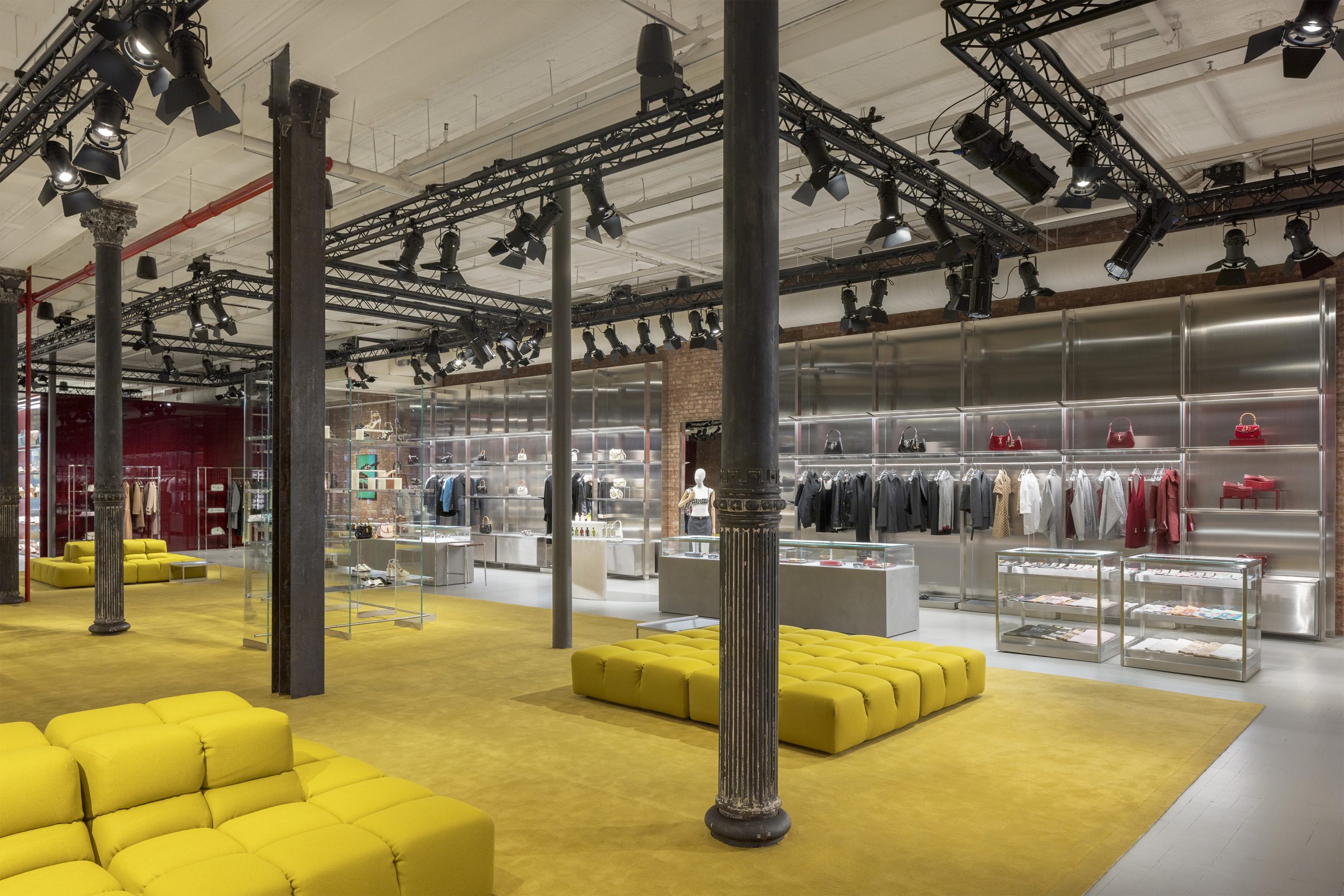
Together, these perspectives should be taken into account by architects to reimagine public spaces as third places. They have more than just physical aesthetics. They are also environments where community identity is both celebrated and sustained. Ultimately, they should, above all, provide the safe space necessary for their communities to activate it however it may occur, naturally.
5. Architects in The Neoliberal City
Neoliberal policies applied in urban planning cause conditions that are tough to navigate for all stakeholders. While EU free market dynamics do create opportunities for international collaboration, these same forces can exacerbate social inequality and commodify public spaces, ultimately compromising local identities.
Architects have both the opportunity and the responsibility of advocacy. By leading multidisciplinary teams that take advantage of contemporary computational tools, they can understand the progressive effects of neoliberalism on things like affordable housing and infrastructure. On a plane once, I sat next to a GIS engineer. He explained the far reaching effects of changing a Yield sign to a Stop sign, visible only by computer simulations. Somewhat corollary to that, I attend communal cooking events organized by an anthropologist friend. These are the most socially engaging circumstances I’ve ever been involved in. No single architect can ever integrate this level of complexity into their designs.
By viewing urban spaces through a lens that values both economic vitality and social inclusiveness (if not equity), architects can help counteract the extreme cases of neoliberal policies. If neoliberal architecture integrates almost exclusively short to medium economic factors, post-neoliberalism would also bring into focus the user’s day-to-day needs. Today, instead, architecture itself is shaping the lifestyle of the individual just as it has been shaped by neoliberal policies.
Conclusion
The neoliberal architecture transformation of European cities was initially started by free market policies. Following the American urban sprawl model, it led to government spending biases. The post-pandemic economy added the disruptive forces of the short term rental economy. Architecture and urban planning have strayed well away from the 20th century conventional methodologies. While the economic pressures to perform are exercised on a globalized, market driven environment, the original ethos of urban living is being distorted beyond recognition. Some would say community cohesion is disappearing. Others will argue that local communities are being replaced by intentional, longer distance communities via communication networks. Facebook groups, for example, transcend physical distances and, most of the time, fix any problem one can have.
Communication networks, however, or, better yet, their optimized usage, as detailed in Filterworld, also cause a standardized, neutral design language physically manifested in short term rentals. Raising prices displace the locals while white paint and boucle sofas further flatten the culture. Neoliberal architecture is thus self referencing, the same way you use an AI to rewrite a piece of text written by AI.
Perhaps citing more recent studies of various areas of expertise, architects and urban planners to better understand these dynamics and work toward cities that are both economically vibrant and culturally rich.
However, the positive impacts of social inclusivity on the free markets have yet to be directly demonstrated. Currently they are only presumed and projected.
Sources
- Oldenburg, Ray. The Great Good Place: Cafes, Coffee Shops, Bookstores, Bars, Hair Salons, and Other Hangouts at the Heart of a Community. Marlowe & Company, 1989.
- Brown, Wendy. Undoing the Demos: Neoliberalism’s Stealth Revolution. Zone Books, 2015.
- Florida, Richard. The New Urban Crisis: How Our Cities Are Increasing Inequality, Deepening Segregation, and Failing the Middle Class—and What We Can Do About It. Basic Books, 2017.
- Gallagher, Leigh. The Airbnb Story: How Three Ordinary Guys Disrupted an Industry, Made Billions… and Created Plenty of Controversy. Houghton Mifflin Harcourt, 2017.
- Sadik-Khan, Janette, and Seth Solomonow. Streetfight: Handbook for an Urban Revolution. Farrar, Straus and Giroux, 2016.
- Stiglitz, Joseph E. Globalization and Its Discontents Revisited: Anti-Globalization in the Era of Trump. W.W. Norton & Company, 2018.
- Chayka, Karl. Filterworld: How Social Media Shapes Urban Interiors and Flattens Culture. Heligo Books, 2024.
- Rambourg, Erwan. Future Luxe. Figure 1 Publishing, 2020.

